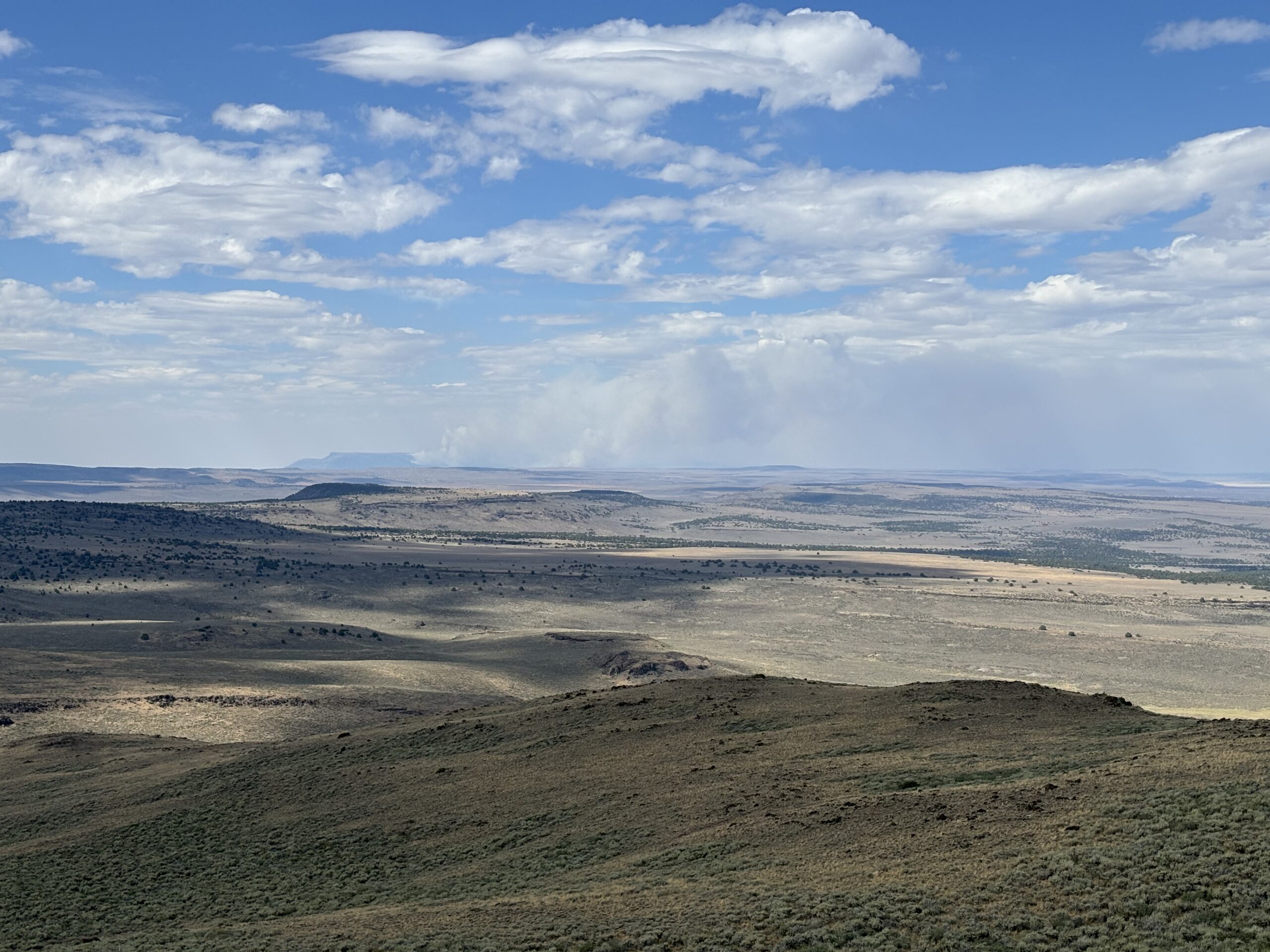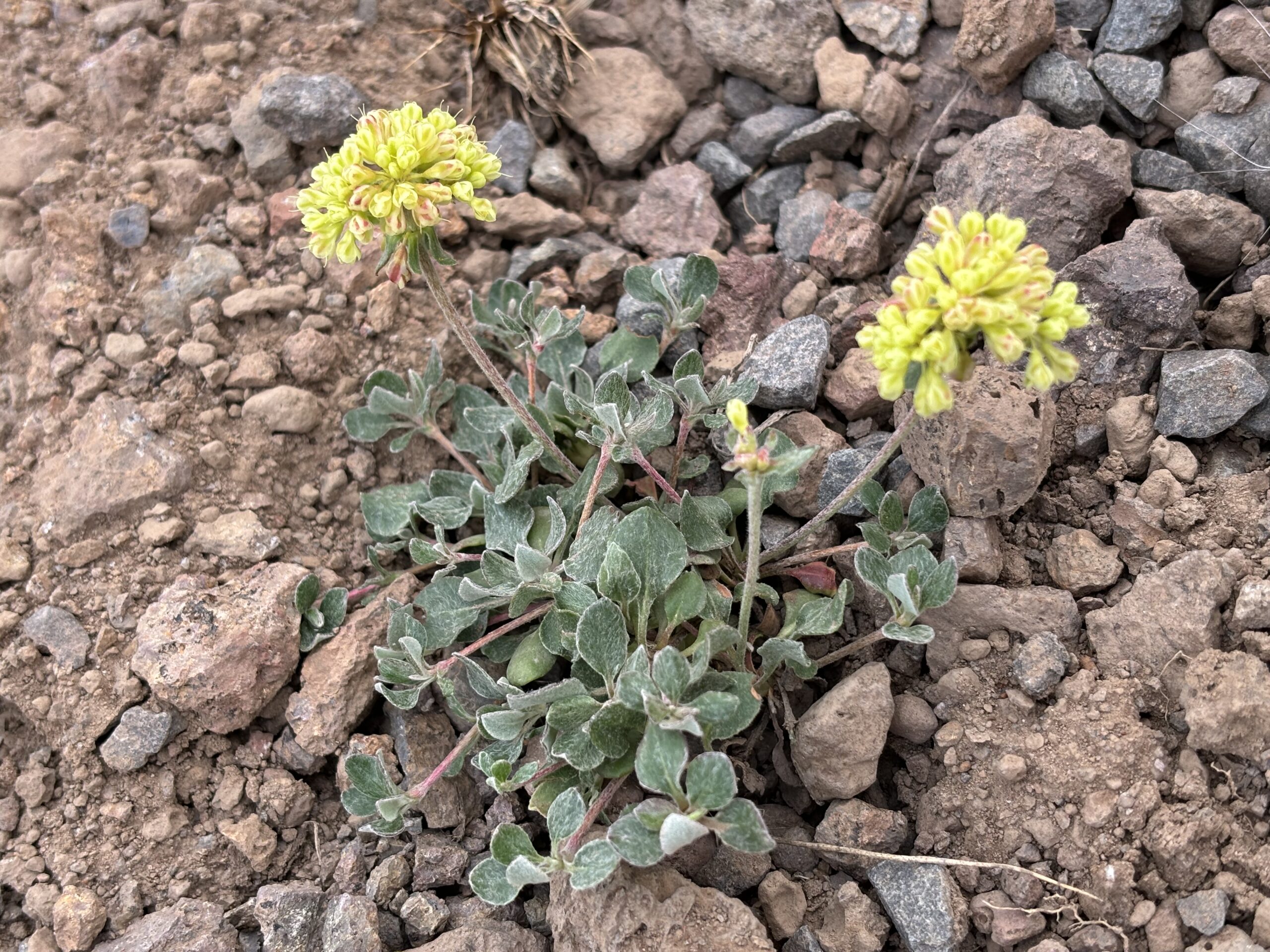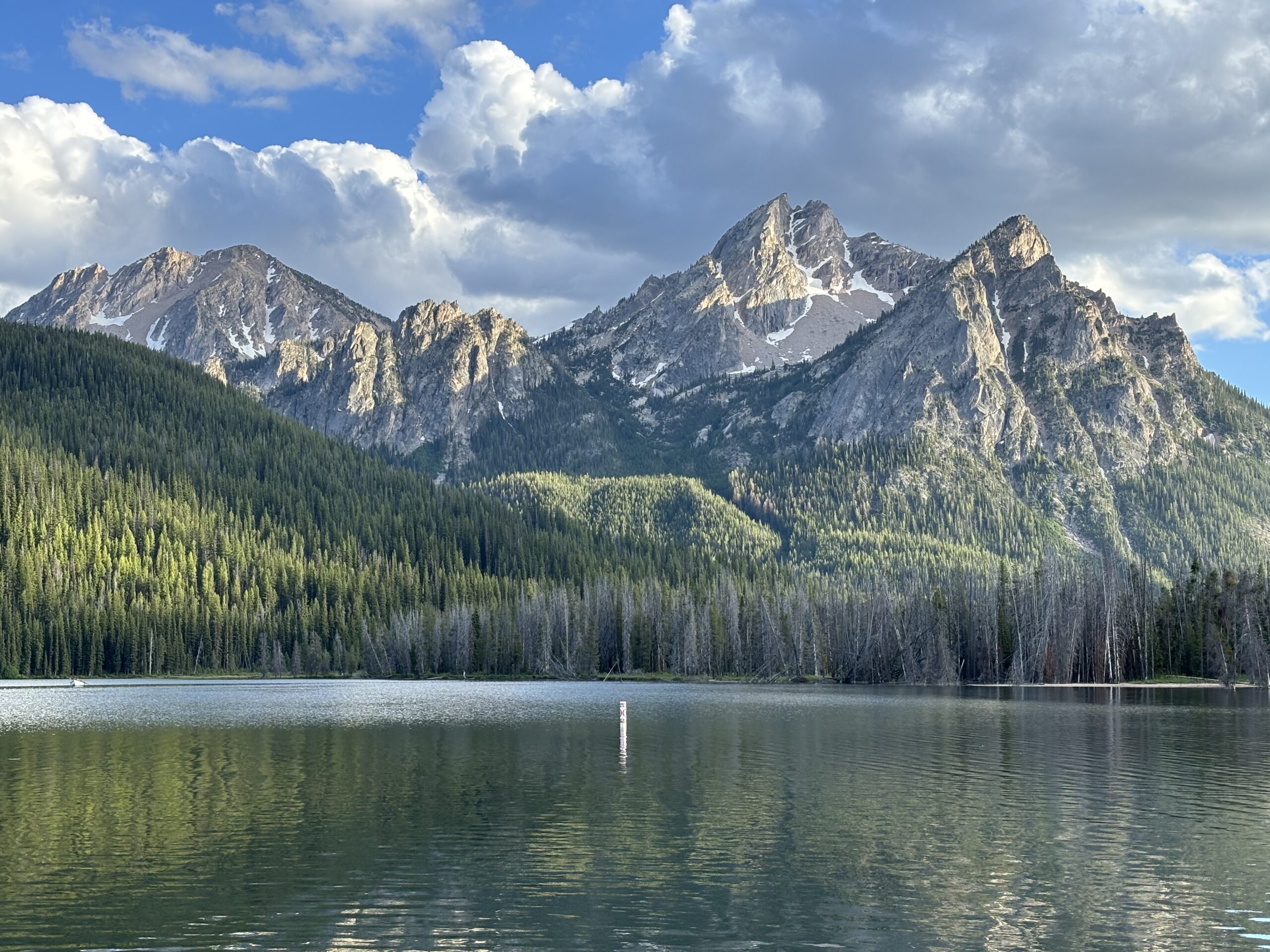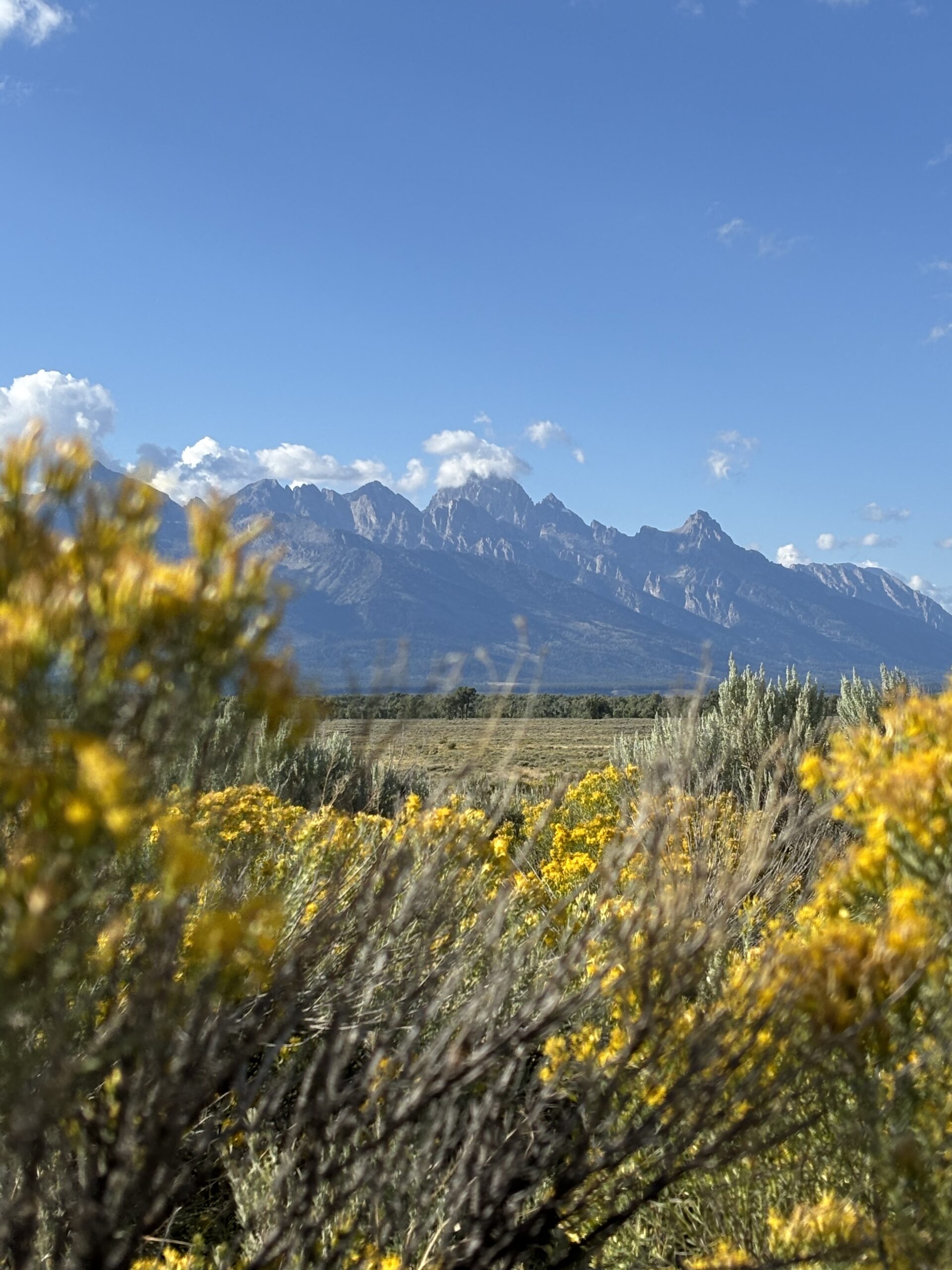In my previous post, I discussed my field partner and I’s hunt for Eriogonum umbellatum (sulfur buckwheat) throughout the first half of the summer. The wild seed collection done by us is the first step in a long research pipeline whose goal is to elucidate the ecotypes and seed transfer zones for this plant species. As a reminder, ‘ecotype’ is sort of a profile for individual populations within a plant species. It describes the climate, soil type, and habitat that a given population has adapted to. A population of one ecotype may not be nearly as successful if it were to swap positions with that of another ecotype. As research works to elucidate these ecotypes, we can develop ‘seed transfer zones’, or maps that describe where a population of one ecotype can be predictably successful if it were planted there as part of restoration.
As I mentioned, the first half of our summer was dedicated to collecting seeds from populations in all sorts of different geographic locations and environment types. Our second half of the summer was dedicated to installing so-called ‘common gardens’, the next step in the research pipeline. These common gardens are filled with seedlings raised from prior years’ seed collection. The term ‘common’ refers to the fact that seedlings from various populations will be grown in the same environment, and evaluated for their performance.
Together with other members of the Boise Rocky Mountain Research Station, my field partner and I installed 6 total gardens in Idaho, Utah, and Nevada. Much to my chagrin, we didn’t get to plant the seeds we collected this summer, as they still need to be genotyped, cleaned, and processed. However, we did get to plant many cute seedlings from the genus Sphaeralcea (globemallow). The populations collected and later planted may be of a couple different species in this genus, though determining that with certainty is an objective of the project. Something I miss from working in agricultural research is getting to see species-level diversity right in front of your eyes. Some individuals seemed to be quite ruderal, producing flowers and seeds despite only being a few months old. There was a great amount of leaf diversity, with some leaves being heart shaped, others separated into 3 or 5 lobes, and some even resembling oak leaves. Some leaves were rounded and others serrated. There were clear differences in growth pattern as well, with some being more apically dominated and others more basal and shrub-like.
I would love to be able to watch these plants grow and mature, but my time here at the Rocky Mountain Research Station




